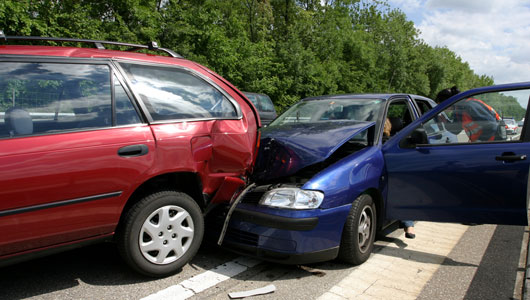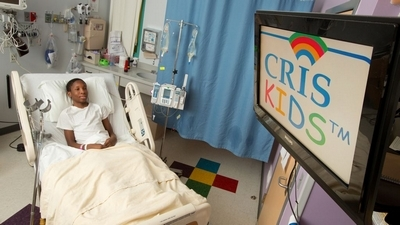Flags Fly Across Connecticut During Donate Life Month; Events Held Statewide
/
Nearly 100 Connecticut municipalities, hospitals and organizations are promoting organ and tissue donation awareness by flying flags that read “Donation Saves Lives” during April, the 10th annual National Donate Life Month.
Connecticut’s flag flying campaign is part of a national initiative, Flags Across America, to honor and celebrate the hundreds of thousands of donors and recipients whose lives have been affected by organ and tissue donation. With more than 116,000 people in America waiting for a transplant, and 1,300 in Connecticut alone, the need for donation h as never been greater. Across the nation, every 12 minutes a new person is added to the wait list, and every day 18 people die waiting for an organ or tissue transplant.
as never been greater. Across the nation, every 12 minutes a new person is added to the wait list, and every day 18 people die waiting for an organ or tissue transplant.
The goal this month is to increase the Donor Registry, which will inevitably impact the number of transplants that give new life and hope to people suffering from fatal illness or life threatening injury. The celebration commemorates those who have received the gift of organ and tissue donation, raises awareness for those that still wait and honors those that have given the gift of life as donors.
Connecticut’s participating communities are partnering with Donate Life Connecticut and LifeChoice Donor Services to increase the donor registry and help save lives in the state’s communities. Donate Life Connecticut is a volunteer driven statewide non-profit dedicated to raising awareness. To register as an organ and tissue donor visit www.DonateLifeNewEngland.org or register when renewing your state driver's license at the Department of Motor Vehicles.
“I’ll Save You, Will You Save Me?” is the theme that underlines a new campaign being conducted by the state Department of Motor Vehicles. The effort aims to increase awareness registering as a donor with a simple change on a driver's license, state ID card, or by going online. It is as easy as either making that choice at the time of renewing or obtaining a license, or going to www.donatelifenewengland.org to sign up to join the registry of donors. There are currently over 1.1 million registered donors in the state.
Lt. Governor Nancy Wyman marked the recently formed collaboration of the Department of Motor Vehicles, Donate Life Connecticut, Hartford Hospital, LifeChoice Donor Services, New England Organ Bank, Saint Francis Hospital and Medical Center and Yale New-Haven Hospital. The hospitals, DMV, Organ Procurement Organizations and local Donate Life affiliate have teamed up for a special outreach program of activities and television public service commercials.
“Becoming an organ or tissue donor is literally a decision to save the lives of others. Those ‘others’ may be family members, friends, neighbors or co-workers. One organ donor can touch more than 50 lives,” said Wyman. The initiative will run through late October with the goal of reaching 20,000 new donors through the http://www.donatelifenewengland.org website and DMV.
The television campaign is funded through contributions from the three hospitals and an allocation in the current budget from the state legislature to promote organ and tissue donor awareness. Public service announcements will also support the campaign. The ads aim to encourage people to become donors and to consider donation as a community responsibility. They also aim to reduce common fears about donating by showing how donations help save people. 
In New London on Friday, April 26, Lawrence & Memorial Hospital is bring people together at Connecticut College’s F.W. Olin Science Center at 6 p.m. to celebrate Donate Life Month by lighting 200+ luminaries at a donor family gathering prior to a free movie screening of Power of Two- A story of twin sisters, two cultures, and two new chances at life. This inspiring, award-winning movie documents the double lung transplants received by half-Japanese twins Ana and Isa Stenzel, born with Cystic Fibrosis, a fatal genetic disease that impacts the lungs and pancreas. They have emerged as authors, athletes and global advocates for organ donation. For details and reservations, contact proma@lmhosp.org or 860-444-3722.
Donate Life New England is a joint project of three federally designated organ procurement organizations that serve New England – New England Organ Bank, LifeChoice Donor Services, The Center for Donation and Transplant and the Connecticut Eye Bank. LifeChoice Donor Services is the federally designated, non-profit organ procurement organization for six counties in Connecticut and three counties in Western Massachusetts with a combined population of 2.1 million people.
LifeChoice serves twenty-three acute care hospitals for organ and tissue donation and two organ transplant hospitals, Hartford Hospital in Hartford, CT and Baystate Medical Center in Springfield, MA. LifeChoice Donor Services is a member in good standing of the United Network of Organ Sharing and the Association of Organ Procurement Organizations.
Donate Life Connecticut is a volunteer driven Connecticut non-profit dedicated to increasing the number of registered organ and tissue donors through education and public outreach. The organization’s coalition of donor families, transplant recipients, living donors, supporters and healthcare professionals believe that working together with a common voice is the best way to reach the goal of increasing the Donor Registry, which will inevitably impact the number of transplants that give new life and hope to people suffering from fatal illness or life threatening injury.



































